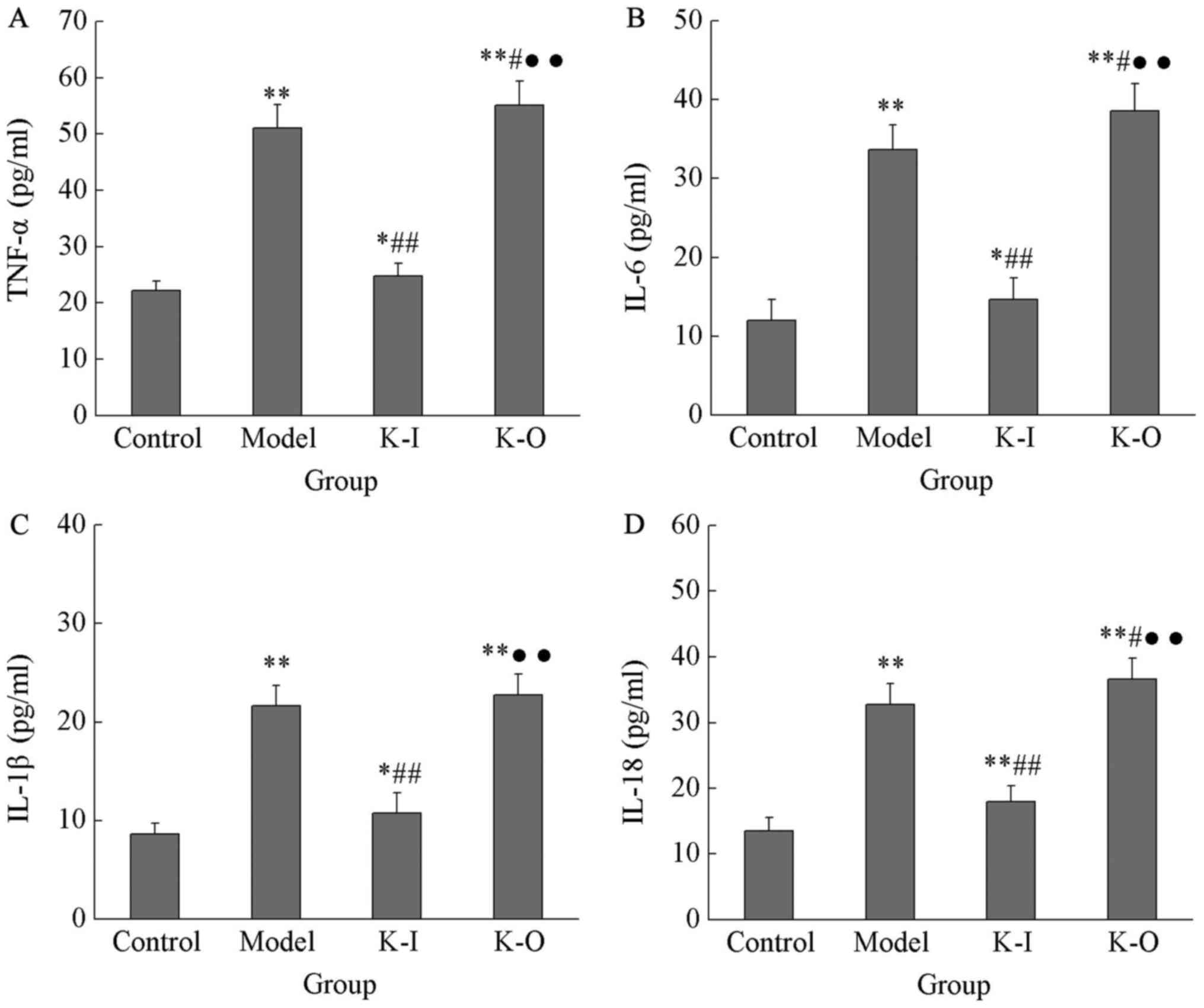1930 J Walker La Grande Torpedo, the owner of, and other transportation firms, bought the Duesenberg Motor Corporation on October 26, 1926 for the brothers' engineering skills, talent and brand name. He intended to produce a car to rival the size, power, and luxury of top European brands such as,. After Cord's takeover, the new company was renamed 'Duesenberg, Inc.' Fred would continue in the new organization with the title of vice president in charge of engineering and experimental work. Fred's brother August, who had played an important role in the development of the Model A and its variant, the rare X, had nothing to do with the initial design of the J and had no formal connection with Duesenberg, Inc. According to the expert Marshall Merkes, 'Cord did not want Augie around.'

However, all Duesenberg racing cars produced after 1926 were built by Augie in an enterprise that functioned separately, and in a building apart from the main Duesenberg plant. He was also responsible for a number of engineering achievements like the superchargers developed for both the Auburn and motorcars. Duesenberg SJ Brunn Riviera Convertible Sedan 1933 The newly revived Duesenberg company set about to produce the Model J, which debuted December 1 at the New York Car Show of 1928. In Europe, it was launched at the 'Salon de l'automobile de Paris' of 1929.
Vodyanoy is said to appear as a naked old man with a frog-like face, greenish beard, and long hair, with his body covered in algae and muck, usually covered in black fish scales. He has webbed paws instead of hands, a fish's tail, and eyes that burn like red-hot coals. Jura si dupl jako $ohaj a tekl o- dvacct vagona, z nicha jedenact je odbyt. V plamenech zahynula pani Reedova, jeji d ye dcerky a synek, tteti dcerku. Was organized and run on the model j and later, during the war,.
The first and — at the time of the New York presentation — only example made of the series, the J-101, was a LeBaron sweep panel dual cowl phaeton, finished in silver and black. By the time the hit in October 1929, the Duesenberg Company had only built some 200 cars. An additional 100 orders were filled in 1930. Thus, the Model J fell short of the original goal to sell 500 cars a year.
• 265 hp (198 kW) at 4250 rpm (normal) • 320 hp (240 kW) at 4200 rpm (supercharged) Chronology Predecessor engine The model J motor was based on the company's successful racing engines of the 1920s and though designed by Duesenberg they were manufactured by, another company owned by Cord. In normally aspirated form, it produced 265 horsepower (198 kW) from dual overhead camshafts and four valves per cylinder.
It was capable of a top speed of 119 mph (192 km/h), and 94 mph (151 km/h) in 2nd gear. Other cars featured a bigger engine but none of them surpassed its power. It was also both the fastest and most expensive American automobile on the market. Design and development [ ] As was common practice among the luxury car brands, only the chassis and engine were displayed, the body and interior trim of the car would be custom-made by a third-party to the owner's specifications. The chassis on most model Js were the same, as was the styling of such elements as fenders, headlamps, radiator, hood and instrument panel. About half the model Js built by Duesenberg had coachworks devised by the company's chief body designer,, and executed under the name La Grande by company branches in,,,, and, as well as by smaller dealers.
The rest were designed and made by independent US coachbuilders such as Derham, Holbrook,, Le Baron, Murphy, Rollston (later renamed Rollson), Walker,, and Willoughby, and Fernandez et Darrin,,, Saoutchik, and others in Europe. The chassis cost 8,500 ($9,500 after 1932). At a time when the average U.S. Fl studio 12 regkey torrent. Physician earned less than $3,000 a year, most completed vehicles fell between $13,000 and $19,000, with two American-bodied J's reaching $25,000. ) Figures for prices charged by deluxe coachbuilders in Europe are not available, but it is possible they were even higher than the more costly American built models. The J was generally available with either with a short 142.5 in (3.62 m) wheelbase chassis or long 153.5 in (3.90 m)). Special orders included two SSJs shortened to 125 in (3.18 m) and a few extended to 160 in (4.06 m) and over.
